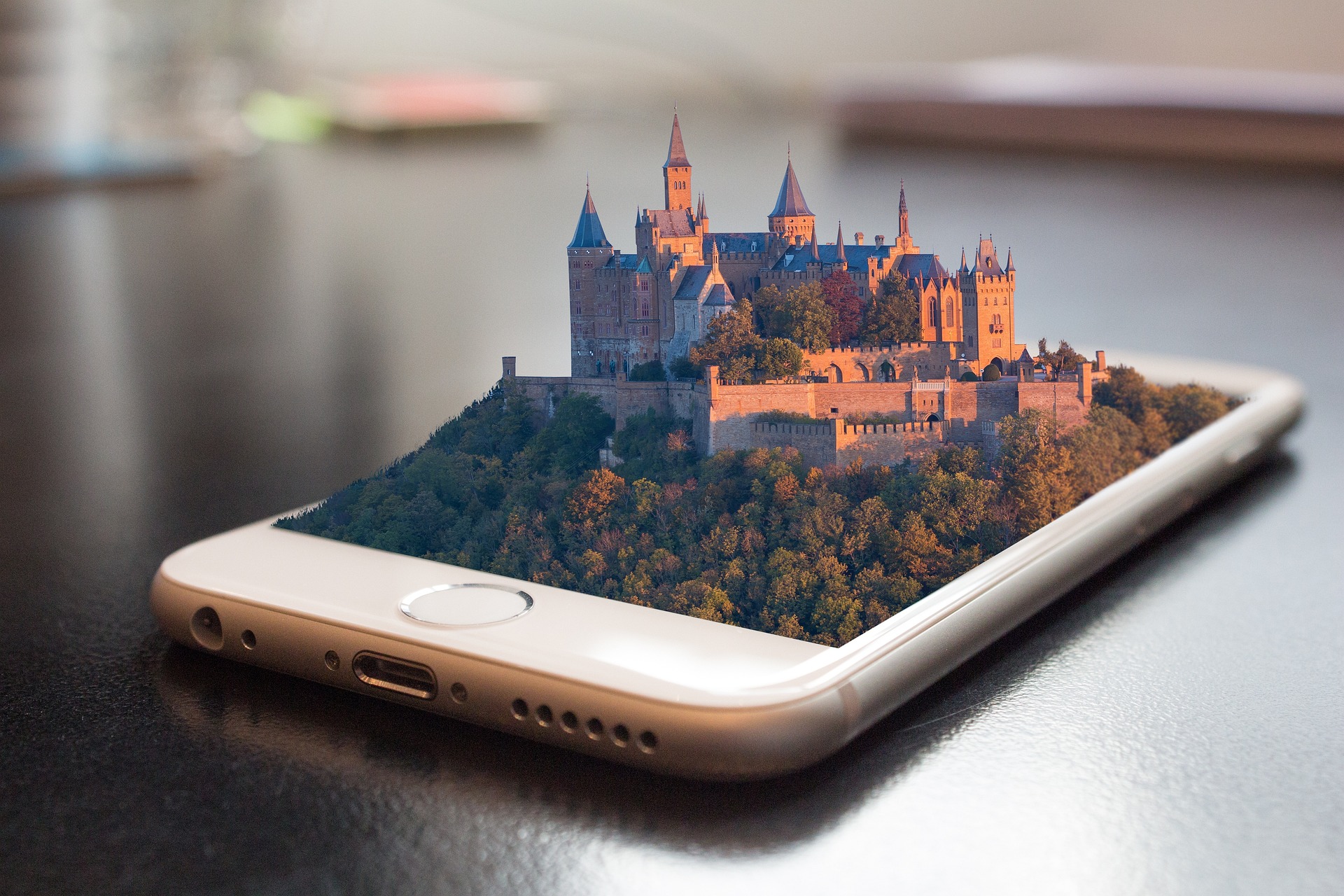The Impact of Virtual Reality on Real Estate Marketing
Virtual reality (VR) technology is revolutionizing real estate marketing by offering immersive and interactive experiences for buyers and sellers. This article explores the impact of virtual reality on the real estate industry, from enhancing property tours to improving marketing strategies. Read below for insights into this cutting-edge technology and its implications for the future of real estate marketing.
Understanding Virtual Reality in Real Estate
Virtual reality allows users to experience properties in a 3D digital environment, providing a realistic and immersive representation of homes, buildings, and spaces. By wearing VR headsets, users can explore properties virtually, tour interiors, and visualize floor plans, all from the comfort of their own homes.
Enhanced Property Tours
Virtual reality offers a more immersive and engaging alternative to traditional property tours. Buyers can explore properties remotely, saving time and travel expenses, while sellers can showcase their listings to a wider audience. Virtual tours allow users to navigate through rooms, examine details, and get a sense of scale and layout, enhancing the buying experience.
Improved Visualization
Virtual reality enables buyers to visualize themselves living in a property before making a purchase decision. By experiencing the space firsthand through VR, buyers can assess design features, furniture arrangements, and potential renovations, gaining confidence in their investment. This visualization capability helps reduce uncertainty and buyer hesitation, leading to faster sales and higher satisfaction rates.
Expanded Market Reach
Virtual reality expands the market reach for real estate listings by making properties accessible to a global audience. Buyers can tour properties from anywhere in the world, eliminating geographical barriers and attracting international investors and remote buyers. This increased visibility and accessibility broaden the pool of potential buyers, leading to quicker sales and higher property values.
Innovative Marketing Strategies
Virtual reality opens up new possibilities for real estate marketing and branding. Agents and developers can create immersive VR experiences to showcase properties, differentiate their listings, and stand out in a competitive market. VR marketing campaigns can include interactive virtual tours, 360-degree videos, and virtual staging, capturing the attention of tech-savvy buyers and driving engagement.
Cost and Time Savings
Virtual reality technology offers cost and time savings for both buyers and sellers. Buyers can tour multiple properties virtually without the need for physical visits, reducing travel expenses and time spent on property viewings. Sellers can streamline the selling process by showcasing properties to a larger audience simultaneously, minimizing disruptions to their daily lives and maximizing efficiency.
Future Applications
The future of virtual reality in real estate holds exciting possibilities. As technology continues to evolve, VR experiences will become more realistic and customizable, offering advanced features such as real-time rendering, interactive design options, and virtual staging. Additionally, virtual reality may extend beyond property tours to include virtual open houses, neighborhood tours, and architectural visualization, further enhancing the real estate experience.
Conclusion
Virtual reality is transforming the way real estate is marketed, experienced, and sold. By offering immersive property tours, improving visualization capabilities, and expanding market reach, VR technology is reshaping the real estate industry and redefining the customer experience. As virtual reality continues to advance, its impact on real estate marketing will only grow, offering new opportunities for innovation, engagement, and success in the dynamic world of real estate.





